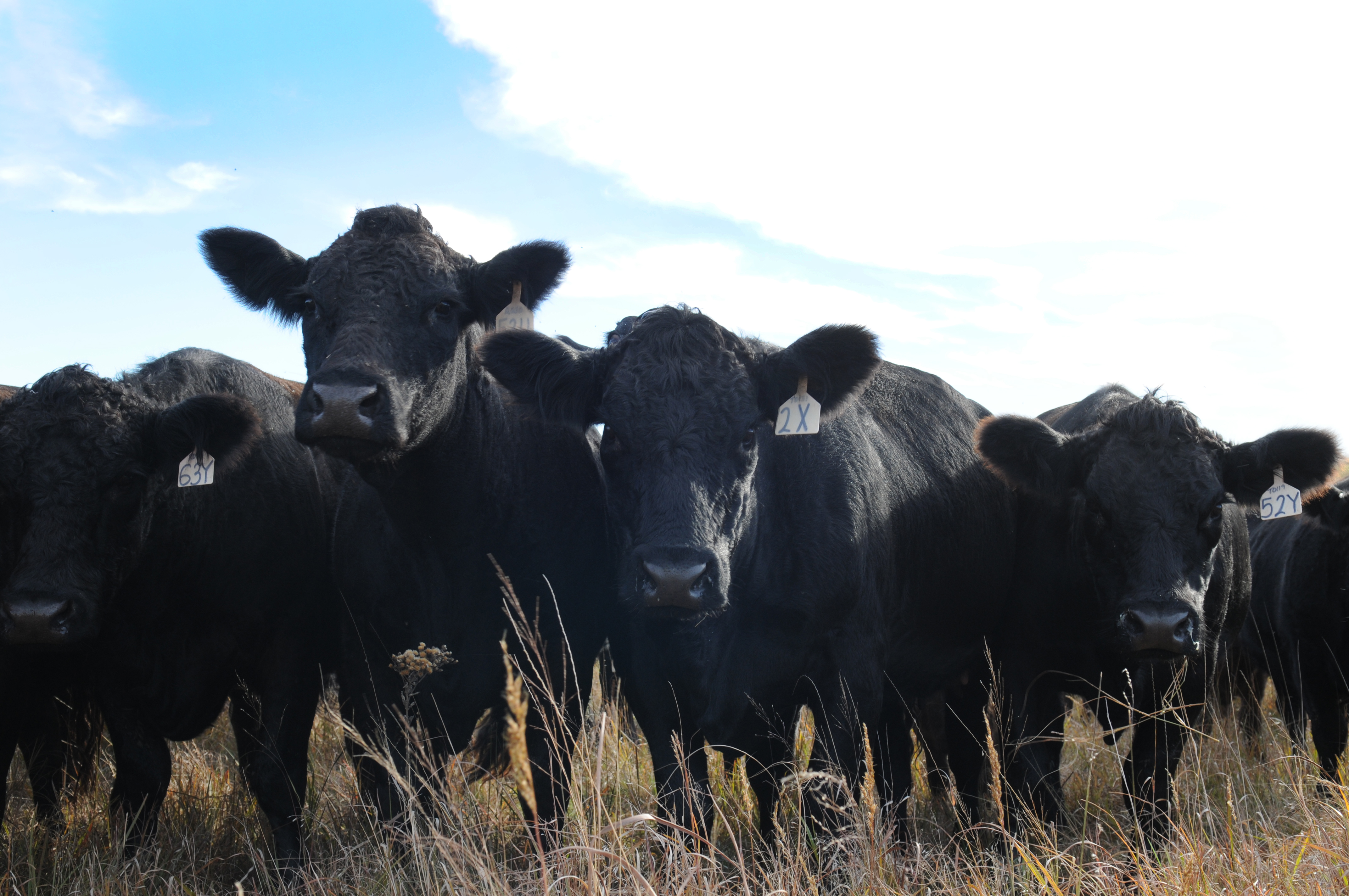

He came back periodically to the area until 1898, but felt that open-range ranching in Dakota Territory was “doomed, and can hardly outlast the century.” He sold the last of his stock in 1898. By the early 1890s, he had abandoned his Elkhorn Ranch and returned to the Maltese Cross Ranch. When Roosevelt returned in the spring of 1887, he learned that he had lost over half his herd. Winter brought heavy snows, partial thawing, and subzero temperatures that created a crust over the snow that the cattle could not break through. More cattle already were grazing on the open range than it could support by the fall of 1886. Roosevelt’s ranching business reached a peak in 18, but disaster struck during the winter of 18. Completed by the spring of 1885, the 30’ by 60’ Elkhorn Ranch house was one of the finest in the Badlands, with eight rooms and a porch on the east elevation. Elkhorn Ranch, about 35 miles north of Medora, became headquarters for Roosevelt's cattle operations. Encouraged by the success of his Maltese Cross Ranch, he purchased 1,000 head of cattle and selected a site for a second ranch. He found a ranching boom in progress in the Little Missouri River Valley. After leading the New York delegation to the 1884 Republican Convention in June, Roosevelt left for the Dakota Territory. In February 1884, Roosevelt's young wife died, two days after the birth of their daughter, Alice, and only hours after his mother's death in the same house.

Roosevelt returned to New York, winning reelection to his last term in the State legislature in November. The steeply pitched roof created a sleeping loft for the ranch hands. A prolific writer, Roosevelt spent many lamp-lit hours at the desk in the living room. Constructed of durable ponderosa pine logs cut and floated down the Little Missouri River, the cabin was quite luxurious for the Dakota frontier, with wooden floors and three separate rooms (kitchen, living room and bedroom). At Roosevelt's request, ranch managers built a one and one-half story cabin complete with a shingle roof and cellar. By the end of his 15-day hunting trip, his enthusiasm for the prospects of the cattle industry led him to invest in the Maltese Cross Ranch, near the town of Medora. In the fall of 1883, Roosevelt, a young New York legislator, made his first trip to the Badlands of the Dakota Territory to hunt buffalo and other game. If Roosevelt were to return to the park that bears his name, he would find the topography, plants, and wildlife essentially unchanged from what he knew.
#CATTLE RANGE NORTH DAKOTA FREE#
His love for “the great free ranches, with their barbarous, picturesque, and curiously fascinating surroundings,” helped create his deep commitment to the conservation of America’s natural resources. His admiration for the rough virtues and the rugged integrity of the men with whom he worked in the Dakotas “took the snob out of him” and inspired him to organize the Rough Riders, which brought him national fame during the Spanish-American War. He later recalled that “the romance of my life” began in this rugged country. The following year he returned, seeking solace after the deaths of his mother and his young wife on the same terrible day in February. Excited about the prospects for an open-range cattle industry, he invested in a ranch along the Little Missouri River near Medora before returning to New York. Theodore Roosevelt, the 26th president of the United States, came to the Badlands of what is now North Dakota for the first time in 1883. "I never would have been President if it had not been for my experiences in North Dakota."


 0 kommentar(er)
0 kommentar(er)
